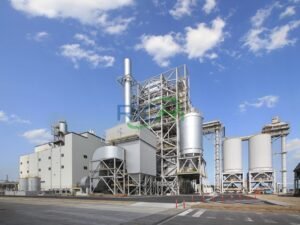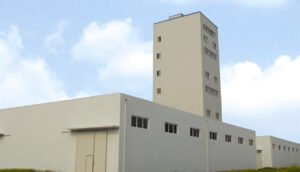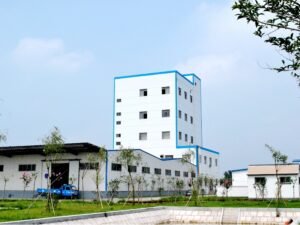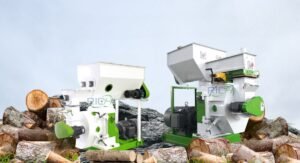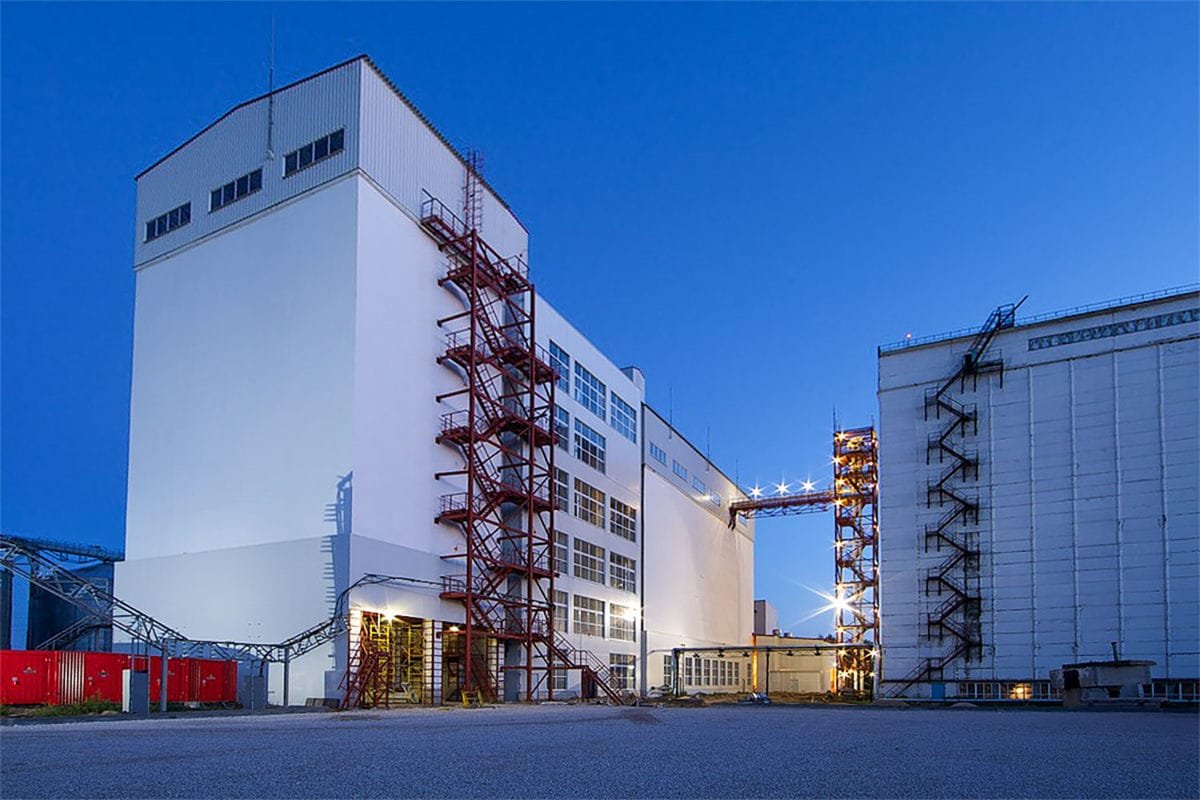
The pet food industry has seen substantial growth driven by increasing pet ownership and a focus on pet health. For entrepreneurs and companies looking to capitalize on this market, investing in a pet feed production line requires a thorough understanding of the costs involved. Here’s a detailed breakdown of the expenses associated with building such a facility:
Factors Influencing Cost: Several factors impact the total pet food production line price:
- Production Capacity: Output size significantly affects costs.
- Level of Automation: Automation influences initial and operational expenses.
- Equipment Quality: Choice between premium and standard equipment impacts both cost and production quality.
- Location: Geographic factors affect land, labor, and logistics costs.
- Type of Pet Food: Different foods (dry kibble, wet, treats) require specific equipment and processes.
- Regulatory Compliance: Meeting local/international standards adds to costs.
Breakdown of Costs:
- Land and Building:
- Urban Areas: $100 – $300 per sq ft
- Rural Areas: $50 – $150 per sq ft
- Medium Plant (30,000 – 50,000 sq ft): $2,000,000 – $17,000,000
- Production Equipment:
- Receiving and Storage: $200,000 – $500,000
- Grinding and Mixing: $300,000 – $1,000,000
- Extrusion System: $500,000 – $2,000,000
- Drying Equipment: $300,000 – $1,000,000
- Coating Systems: $200,000 – $500,000
- Packaging Lines: $300,000 – $1,000,000
- Material Handling: $200,000 – $500,000
- Control Systems: $300,000 – $1,000,000
- Total: $2,300,000 – $7,500,000
- Utilities and Infrastructure:
- Electrical Systems: $200,000 – $500,000
- Water Supply/Treatment: $100,000 – $300,000
- HVAC Systems: $150,000 – $400,000
- Waste Management: $100,000 – $300,000
- Total: $550,000 – $1,500,000
- Quality Control and Lab Equipment:
- Testing Equipment: $100,000 – $500,000
- Laboratory Setup: $50,000 – $200,000
- Total: $150,000 – $700,000
- Licensing and Regulatory Compliance:
- Permits/Licenses: $10,000 – $50,000
- Initial Certifications (e.g., HACCP): $20,000 – $100,000
- Environmental Compliance: $50,000 – $200,000
- Total: $80,000 – $350,000
- Initial Inventory and Working Capital:
- Raw Materials: $500,000 – $2,000,000
- Operating Expenses (3-6 months): $500,000 – $1,500,000
- Total: $1,000,000 – $3,500,000
- Professional Services:
- Engineering/Design: $100,000 – $500,000
- Legal/Consulting: $50,000 – $200,000
- Project Management: $100,000 – $300,000
- Total: $250,000 – $1,000,000
- Marketing and Branding:
- Brand Development: $20,000 – $100,000
- Marketing Campaigns: $50,000 – $500,000
- Website/E-commerce: $10,000 – $50,000
- Total: $80,000 – $650,000
- Staff Training and Labor Costs:
- Training Programs: $50,000 – $200,000
- Initial Staffing (3-6 months): $200,000 – $1,000,000
- Total: $250,000 – $1,200,000
- Technology and Software:
- ERP System: $100,000 – $500,000
- Production Management: $50,000 – $200,000
- Quality Management: $30,000 – $100,000
- Total: $180,000 – $800,000
- Contingency Fund: (10-15% of total budget)
- Total: $700,000 – $5,000,000
Total Investment Range:
- Low-End Estimate: $7,540,000
- High-End Estimate: $39,200,000
Additional Considerations:
- Financing Costs: Include interest and fees if borrowing.
- Phased Implementation: Spreading costs over phases can reduce initial capital.
- Leasing Options: Leasing some equipment can cut upfront costs.
- Incentives: Some areas offer tax breaks/grants for manufacturing.
- Scale Economies: Larger capacities may lower unit costs.
- Technology/Sustainability: Advanced tech can cut long-term costs.
Strategies for Cost Optimization:
- Market Research: Understand demand for right-sized production.
- Location: Balance land costs with access to materials/markets.
- Efficient Design: Optimize layout for efficiency.
- Energy Efficiency: Invest in efficient equipment.
- Scalable Design: Plan for future growth.
- Partnerships: Share costs with suppliers/distributors.
- Automation: Balance automation for quality and cost.
Conclusion: Investing in a pet feed mill demands significant capital but promises growth in a booming sector. Thorough planning, market analysis, and regulatory compliance are crucial. Engaging experts and partners can mitigate risks, ensuring a strong foundation in the competitive pet food industry. Despite challenges, strategic investment can lead to substantial returns in the evolving pet care market.
For details please contact: Richi machinery manufacture
WhatsApp:86 138 3838 9622
Email:enquiry@richipelletmachine.com



